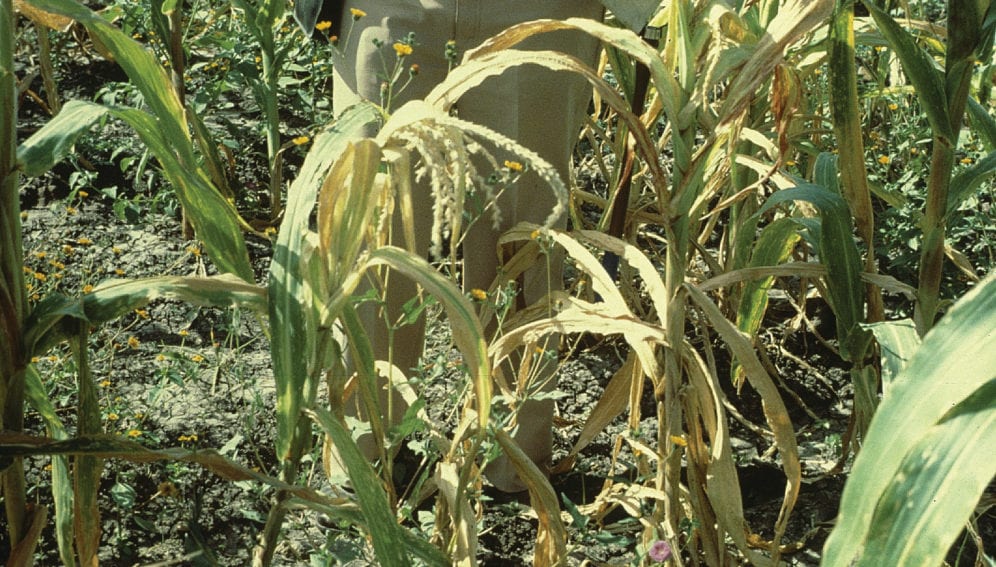By: Esther Nakkazi
Send to a friend
The details you provide on this page will not be used to send unsolicited email, and will not be sold to a 3rd party. See privacy policy.
Number of researchers per million inhabitants
Maize is a staple food crop in Mozambique grown by about 90 per cent of smallholder farmers. Most people in Sub-Saharan Africa eat maize.
Pedro Fato, a maize breeder for the Alliance for a Green Revolution in Africa breeding project at Umbeluzi Agriculture Research Centre in Maputo, Mozambique, says their research team has identified the viral disease — Maize Lethal Necrosis (MLN) — in the country's northern parts.
Fato was speaking at the African Green Revolution Forum 2013 last month (4-6 September) in Maputo, Mozambique.
Ivan Rwomushana, staple crops programme manager at the Association for Strengthening Agricultural Research in Eastern and Central Africa (ASARECA), tells SciDev.Net, "I am not surprised that MLN has now found its way to Mozambique. We have done some ecological modeling that shows several Southern African countries were very likely to be affected."
The information we have so far, he explains, suggests that MLN started in Kenya and then spread to Rwanda, South Sudan, Tanzania and Uganda. MLN is spread through seed and also insect vectors but seed is probably the culprit responsible for movement of the disease over long distances, says Rwomushana.
Rwomushana adds that the disease has been difficult to control because it is caused by two viruses: a combination of maize chlorotic mottle virus and any of the three viruses — sugarcane mosaic virus, wheat streak mosaic virus or maize dwarf mosaic virus. He says such a combination makes it difficult to use visual symptoms to identify the disease.
Because the insect vectors are small they are easily blown by the wind. They also multiply very fast, so when they feed on an infected plant it is easy for them to spread the disease in an entire field within a short time. For instance, according to a report by ASARECA, MLN destroyed nearly 120 maize hectares in Naivasha, Kenya, in 4-6 weeks. In 2012 it affected 26,000 hectares or 650,000 bags of maize in Kenya, which were valued at US$ 23 million.
MLN, Fato says, still has no cure and that an option for treating it is to uproot all affected crops and burn them or bury them deep in the soil. He advises farmers to use clean certified maize seeds.
Fato, who has been a maize breeder for 20 years, tells SciDev.Net that MLN comes to Mozambique at a time when they are trying to develop varieties resistant to another disease caused by a fungus and prevalent in lowlands — the downy mildew.
"It is a challenge for breeders. As you are trying to find a solution for one disease another one is reported somewhere," says Fato.
This article has been produced by SciDev.Net's Sub-Saharan Africa desk.














